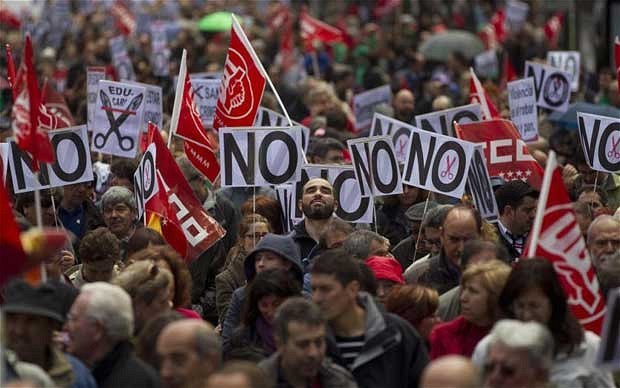5 Signs we re already in a doubledip recession Western Massachusetts Breaking News and First
Post on: 31 Март, 2015 No Comment

By Tim Begany
Remember when double-dip meant something good, like getting twice as much of that hard-shell chocolate dip on your ice cream cone? Now, because of our countrys financial problems, and in spite of it being ice cream season, the term is more often associated with a relapse into economic recession. (Investors can find profitable companies even in a recession. Its all about knowing where to look. See 4 Characteristics Of Recession-Proof Companies .)
Though President Obama recently said hes not worried therell be a double-dip recession, some pretty qualified people disagree with him like prominent Yale economist Robert Shiller, who warns that the U.S. economy may be at a tipping point. Shiller is especially concerned about the recent uptick in unemployment because any further increase could indicate another recession. Whether we call it a double-dip or not, I think there is a risk, he said in a June 9 article by Leah Schnurr of Reuters .
To New York University economist Nouriel Roubini, theres more than just a risk. He asserted last summer that a double-dip recession was already underway, citing signs such as ballooning budget deficits. rising unemployment, falling home prices, and greater loan losses in the banking industry. Here are five signs that Roubini was right and were in a double-dip recession at this very moment.
1. Home Prices Keep Falling
At the end of the first quarter, overall home prices were nearly 3% below the previous bottom they reached in the first quarter of 2009. That means homeowners now have even less equity in their homes than at the height of the housing crisis, right after the three-year period when owners equity in residential real estate dropped more than 60% from nearly $13.5 trillion to just under $5.3 trillion.
2. Small Businesses Cant Get Credit
Banks are much less apt to extend credit to small businesses than to large ones, which is bad for the economy because small businesses generate 60-70% of all new jobs. Small businesses that do manage to get credit are often charged interests rates in excess of 20%, whereas very large companies are frequently allowed to borrow for as little as a tenth of that cost.
3. Unemployment Has Worsened
Unemployment rose to 9.1% in May from 9% in April and initial jobless claims were higher than expected the week ending June 18, coming in at 429,000 rather than the 415,000 predicted by economists. Rising unemployment hinders the economy by forcing a greater number of people to spend less and the already cash-strapped state governments to spend more on jobless benefits.
4. Consumers Are Losing Faith














